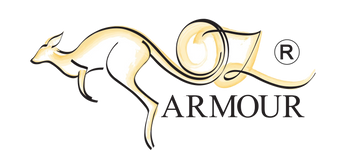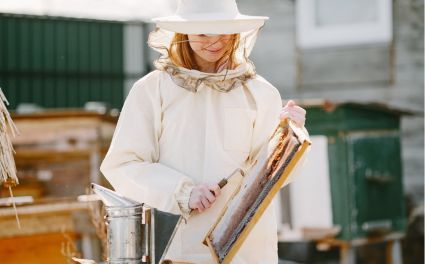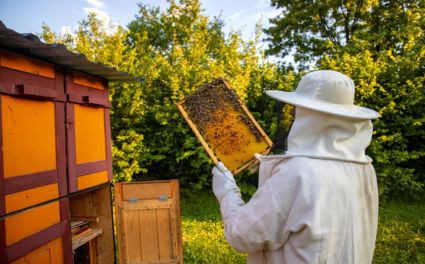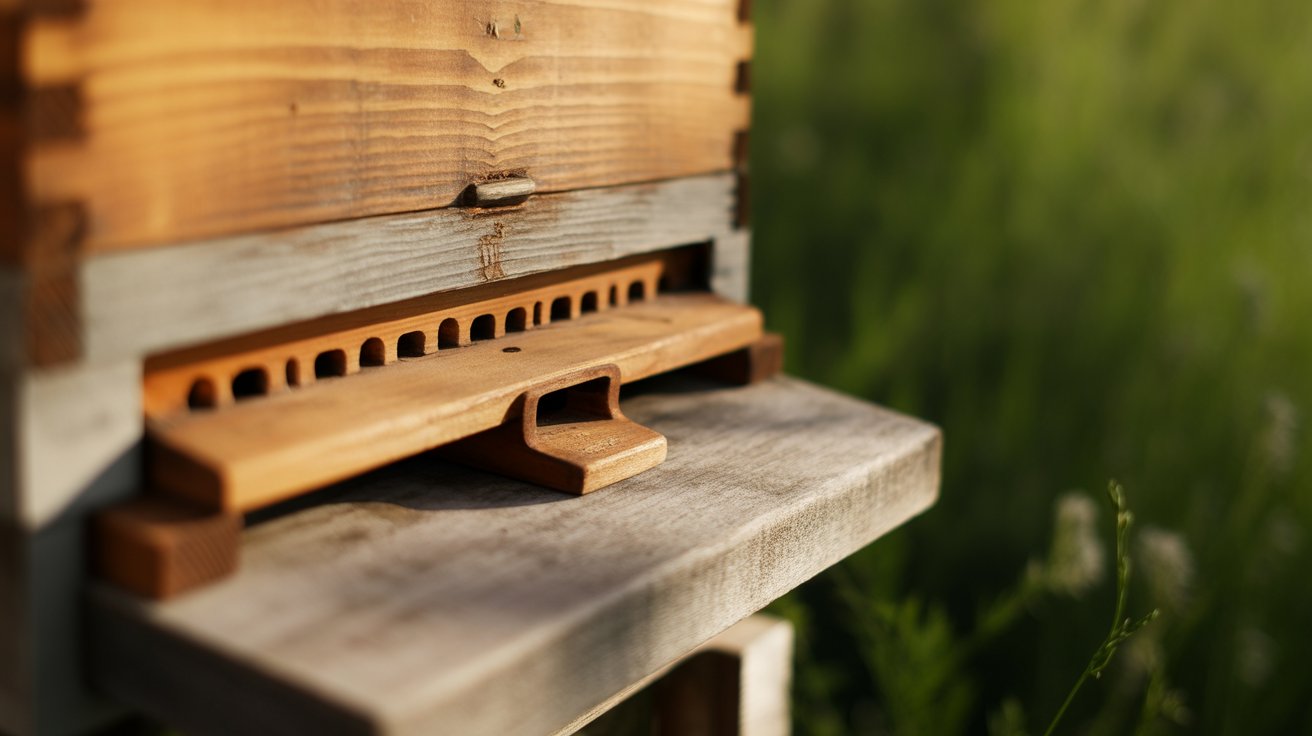Our ecology depends heavily on bees, and beekeeping provides a fulfilling and sustainable approach to protecting these important pollinators while reaping the rewards of honey production. We will lead you through the foundations of beekeeping hives in this guide, from understanding their components to picking the best form of the hive for your requirements.
You'll discover how to set up, maintain, and deal with frequent problems beekeepers encounter. Whether you love the outdoors, want to become a beekeeper, or are just interested in learning more about bees, this guide will provide the knowledge you need to start beekeeping confidently.
Understanding Hive Management
To ensure the well-being and productivity of honeybee colonies, hive management is the active maintenance and care of beehives. Regular inspections, illness and pest control, swarm prevention, and the provision of necessities like food and water are just a few of the activities involved.
Hive management aims to increase honey production, foster the overall success of beekeeping operations, and provide bees with the best possible environment to thrive. Both the bees and the beekeeper benefit greatly from effective hive management.
Strong, vigorous colonies are easier to manage and are more resistant to diseases and pests. Additionally, well-managed hives produce more honey, increasing yields and harvest possibilities. Additionally, hive management enables beekeepers to keep an eye on things and deal with potential problems immediately, lowering risks and fostering colony survival.
Several factors influence hive management decisions:
-
Climate and seasonal variations: Throughout the year, forage availability and weather patterns vary by region, impacting the time and kind of hive management duties.
-
Colony strength and health: Management procedures, including illness prevention, feeding, and queen evaluation, are all based on the bee colony's state, which includes its population, brood patterns, and general vigor.
-
Beekeeper goals and objectives: Whether it's honey production, queen rearing, or pollination services, each beekeeper may have various goals. These objectives influence hive management choices, affecting the focus and methods used.

Hive Inspection and Monitoring
To monitor the health and development of their colonies, beekeepers must conduct regular hive inspections. The timing and frequency of inspections vary depending on the season, beekeeping objectives, and hive condition. During the active beekeeping season, inspections are typically performed every 7 to 10 days, with modifications dependent on particular requirements or conditions.
Beekeepers rely on particular instruments and equipment to do thorough hive inspections. A smoker to quiet the bees, a hive tool for disassembling hive parts, and a bee brush for gently transporting bees are common tools. For personal safety, protective clothing such as a beekeeping suit, beekeeping jacket, beekeeping gloves, and beekeeping veils is essential. These items decrease bee disturbance and protect the beekeeper during inspections.
Beekeepers evaluate the population and strength of the colony while doing hive inspections. This entails counting the bees, analyzing the pattern of the brood, and checking for queen cells or eggs. Assessing colony strength enables beekeepers to ascertain whether the colony is flourishing, spot possible problems, and make wise management choices.
Inspections of the hive provide a chance to spot and address potential problems inside the hive. This involves recognizing symptoms of prevalent problems like varroa mites, Nosema, or foulbrood, and disease and pest identification. Beekeepers also assess the queen's performance, looking for indicators of a healthy, prolific queen or symptoms that may require queen replacement. They can also examine the health of the comb, looking for any indications of disease, mold, or faulty construction, as well as ensuring that the hive is clean.
Swarm Prevention and Control
Effective swarm prevention and management depends on an understanding of honeybees' swarm instinct. Swarming is a type of natural reproduction in which a colony splits, with some of the bees, including the old queen, departing to start a new colony.
Beekeepers need to be alert to swarm preparation and swarm warning indications. The appearance of queen cells, an increase in the number of drones, and a crowded hive with wild bees loitering in the front of the hive are some of these warning indicators.
Techniques for preventing swarms concentrate on regulating the swarm impulse and creating enough space within the hive. As the colony grows, adding new supers or boxes offers bees more space to store honey and reduces congestion. Routine inspections and prompt honey extraction also help. For added safety while working in active hives, beekeepers often use beekeeping trousers and lightweight protective gear to stay safe and comfortable.
Swarm control techniques are used when swarm preventive strategies are unsuccessful. The colony is purposefully split into two or more halves, each with a queen, to create an artificial swarm. This imitates spontaneous swarming while giving the beekeeper control.
Disease and Pest Management
Various diseases and pests may threaten a honeybee colony's health and survival. Varroa mites, Nosema, American foulbrood, and wax moths are common problems.
Monitoring and early detection are crucial in managing diseases and pests. Beekeepers can spot problems early on by doing routine inspections of hives.
Depending on the issue, treatments may include integrated pest management (IPM), natural remedies like formic acid or essential oils, or in some cases, antibiotics.
Protective wear such as beekeeping kids suits makes it possible for younger learners to join inspections safely under guidance, fostering new generations of beekeepers.
Feeding and Nutrition
The health and productivity of honeybee colonies depend on managing nutrition. Beekeepers should regularly check food reserves, particularly during periods of low nectar production.
Supplemental feeding techniques can include sugar syrup or pollen substitutes. Bees must also have access to clean water for hydration and temperature control. During feeding activities, using gear like beekeeping ankle protection helps avoid accidental stings at hive entrances.
Honey Harvesting and Processing
The timing of honey harvesting is crucial to ensure the honey is mature and ready. Beekeepers often wait until honey is capped, ensuring a low enough moisture content.
Honey extraction usually involves a honey extractor. After extraction, honey is filtered, packaged, and stored under clean conditions.
It’s important to leave sufficient honey in the hive for bees, especially during winter.
Seasonal Hive Management
-
Spring: Focus on brood rearing and colony growth.
-
Summer: Honey production and swarm control are priorities.
-
Autumn: Ensure adequate honey stores and manage varroa mites.
-
Winter: Insulate hives, maintain ventilation, and provide sugar syrup if reserves are low.

Beekeeping Gear by OZ Armour
While we don’t sell hives, the right protective gear is essential for safe and successful beekeeping. That’s where OZ Armour comes in.
We specialise in premium-quality protective beekeeping clothing and equipment designed to keep beekeepers safe, comfortable, and confident.
-
Beekeeping Suits: Full-body protection with excellent ventilation.
-
Beekeeping Jackets: Lightweight and practical for inspections.
-
Beekeeping Gloves: Protect your hands without sacrificing dexterity.
-
Beekeeping Veils: Reliable face and head protection.
-
Beekeeping Trousers: Added safety for lower body coverage.
-
Kids Suits: Safe and comfortable gear for younger beekeepers.
-
Ankle Protection: Extra safety at the most vulnerable entry point.
With years of beekeeping experience behind our designs, OZ Armour is trusted worldwide for high-quality gear that makes beekeeping safer and more enjoyable.
👉 Want to keep learning? Read more blogs about beekeeping.



